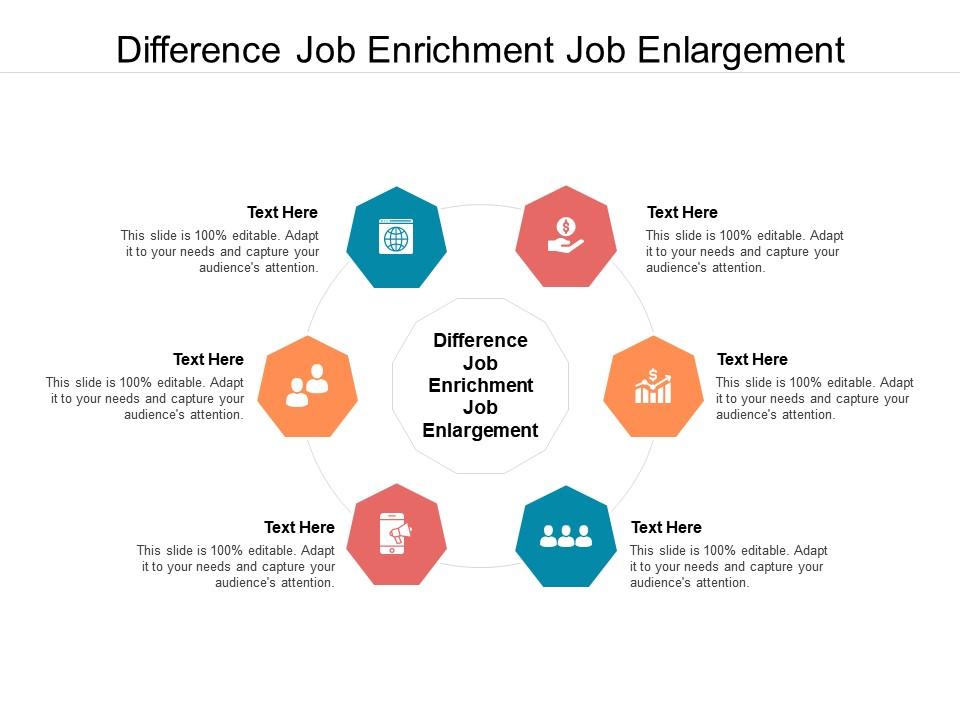Job enlargement refers to the horizontal expansion of an employee’s scope of work by adding similar or equivalent tasks to their existing responsibilities. Unlike job enrichment, which increases complexity and responsibility, job enlargement extends the quantity, not the quality, of tasks—focusing on broader engagement rather than higher-level decision-making.
Types of Job Enlargement
1. Job Enlargement (in the narrow sense):
Additional tasks of equal complexity are assigned at the same workplace. This method helps:
-
Reduce monotony
-
Enhance job satisfaction
-
Increase productivity and task variety
However, employees may hit performance limits, and extra training might be necessary to manage the broader scope.
2. Job Rotation:
A dynamic form of enlargement, job rotation involves employees performing a range of tasks at different workstations, either on a scheduled or spontaneous basis. A well-known variation is the substitute principle, where workers rotate in to cover roles temporarily.
Benefits of Job Rotation:
-
Reduces one-sided workload stress
-
Improves adaptability, motivation, and social integration
-
Enhances employee versatility
Drawbacks:
-
Requires higher planning effort
-
Can cause operational delays, disruptions, or integration challenges
Strategic Value
As Vahlen emphasizes, job enlargement involves bundling related subtasks into a coherent task complex. It promotes work motivation, mitigates repetitive strain, and often leads to qualification effects by including upstream or downstream process steps.
While job enlargement supports broader skills development and can enhance employee self-esteem and performance, its impact on individualization and organizational flexibility is limited compared to more advanced work design strategies.
« Back to Glossary Index





![15 Employee Offboarding Templates That Save Hours of HR Time [Free Downloads] 15 Employee Offboarding Templates That Save Hours of HR Time [Free Downloads]](https://i1.wp.com/www.hrcloud.com/hubfs/Header.png?w=150&resize=150,100&ssl=1)
